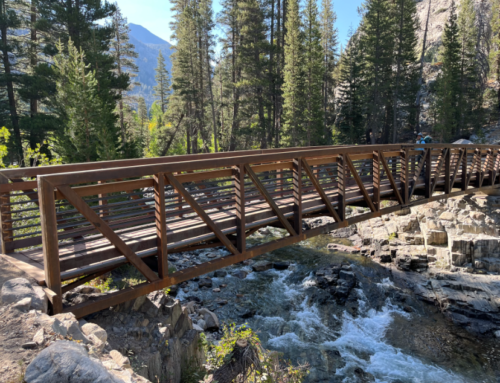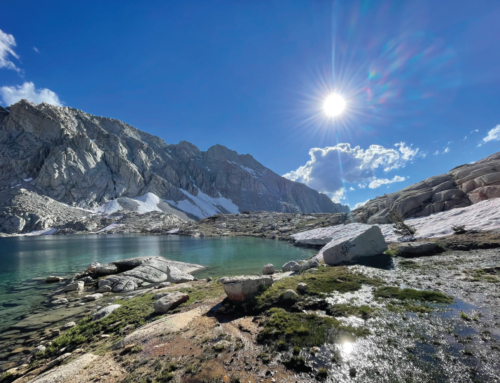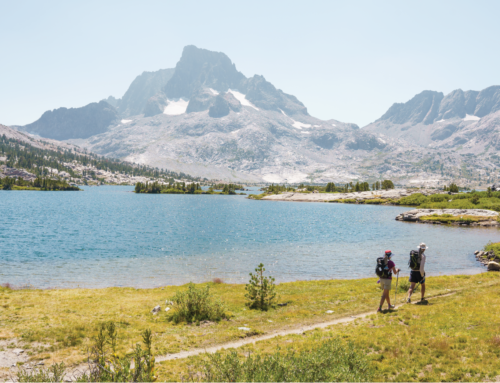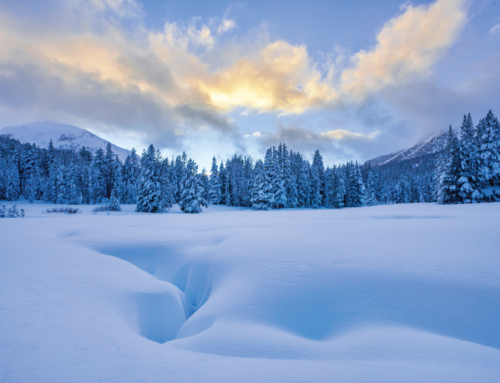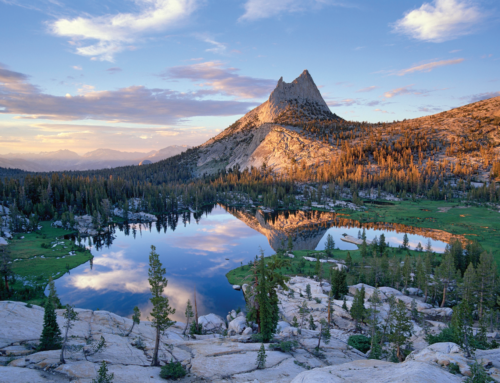April 20, 2023
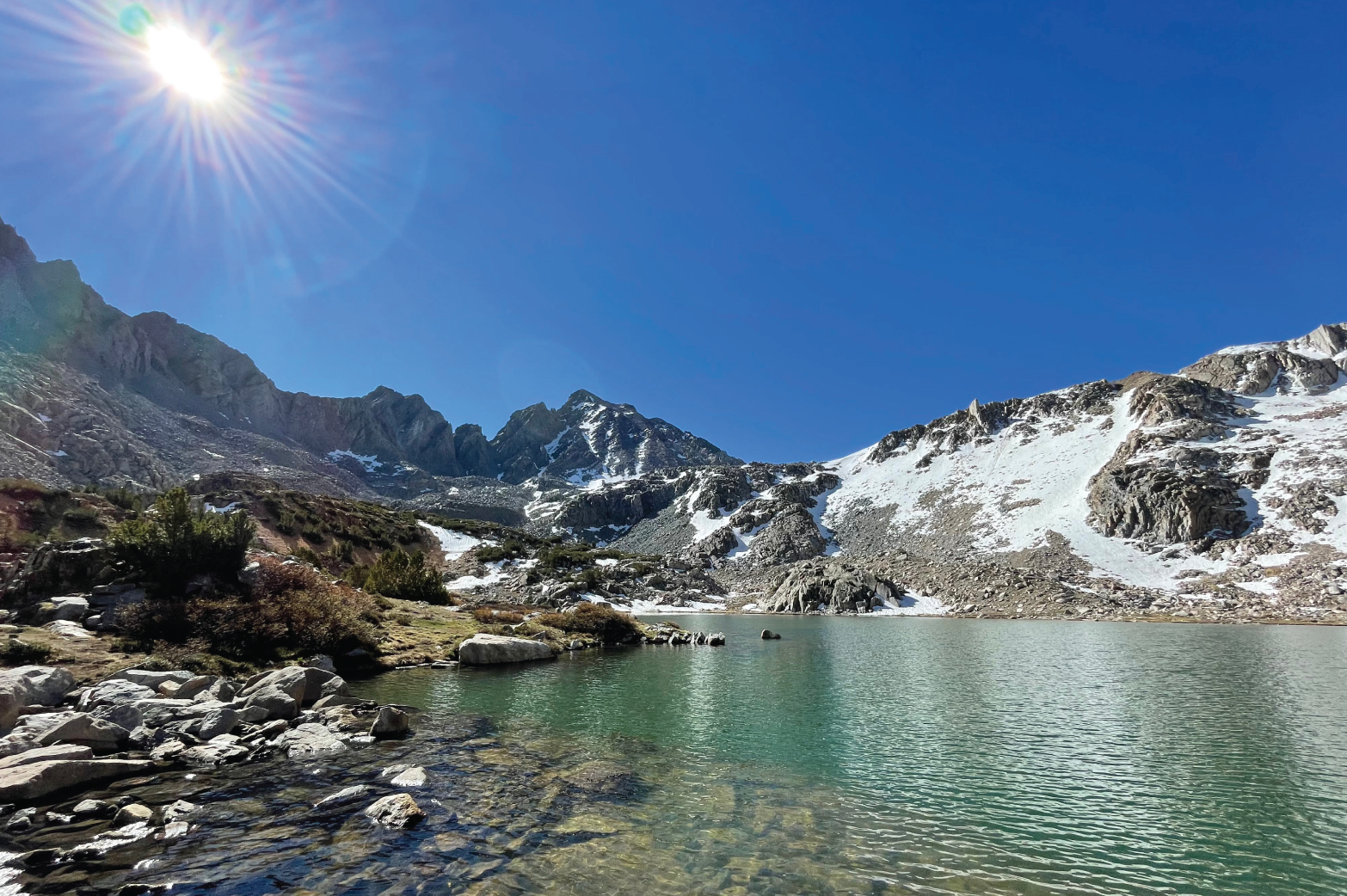

Proper management of Earth’s resources is the most fundamental issue we face. As we celebrate Earth Day, we reaffirm our efforts to restore and conserve the central Sierra Nevada backcountry, accessed by the 213.7-mile John Muir Trail. In honor of our planet, we are highlighting the ecological significance of this exceptional region.
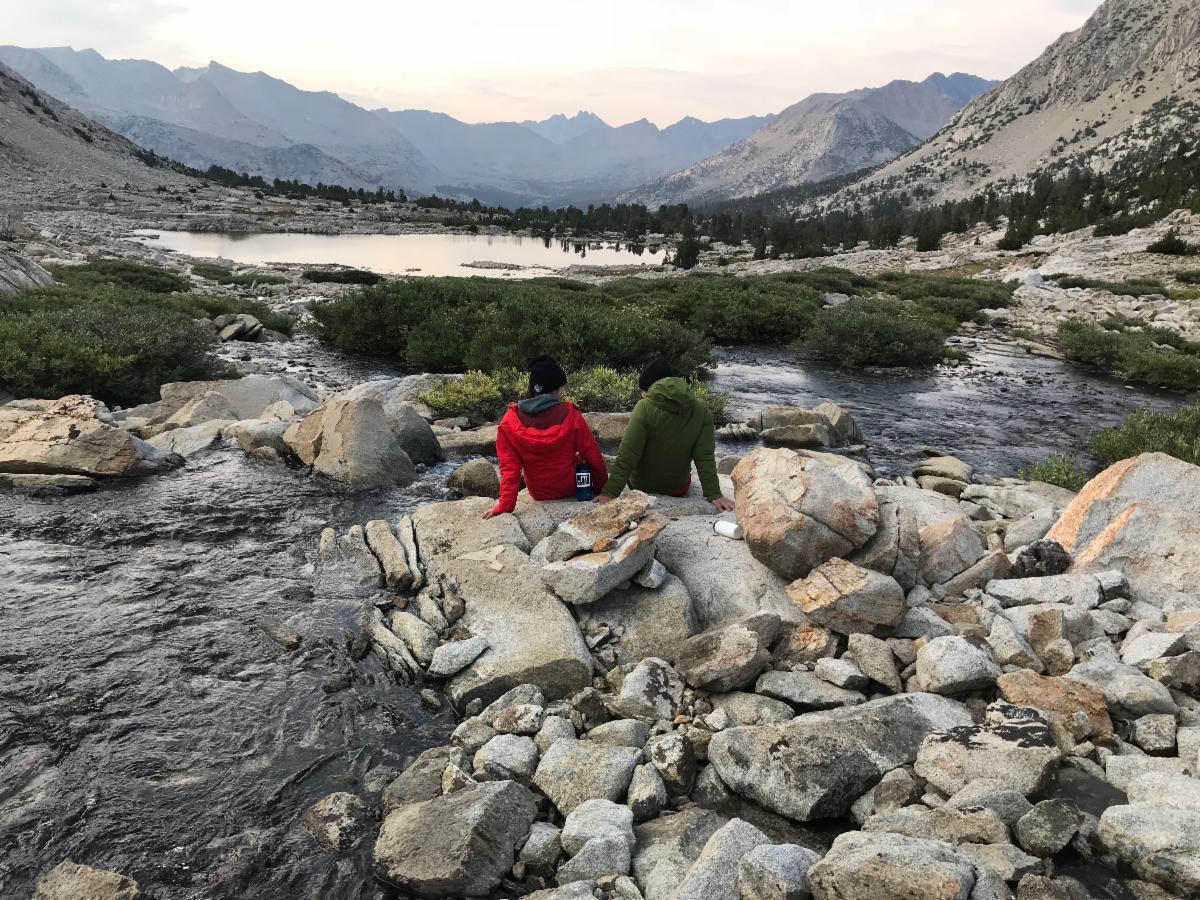
Lake Marjorie (11,122'), Kings Canyon National Park
Some facts about the JMT region:
- The 2.8 million acres of wilderness along the JMT encompasses the source watersheds for six major rivers – the Tuolumne, Merced, San Joaquin, Kern, Kings, and Owens.
- Fresh water from these rivers serves over half of California’s communities and sustains our enormous agricultural production. This includes the San Joaquin Valley and Tulare Basin, which have the highest agricultural production in the state and are a key element of the US economy.
- The High Sierra is a highlight of California’s $92B outdoor recreation industry, the largest market in the 50 US states.
- The Sierra Nevada falls within one of the 36 biodiversity “hotspots” on Earth and is part of the extraordinarily rich Pacific Floristic Province.
- Within it lies one of the most extensive, relatively intact mixed conifer forests, home to 400 terrestrial vertebrate species and 7,000 botanical species.
- It is a top-10 priority ecosystem in America to restore and conserve in support of numerous endangered species facing the crisis of climate change.
Over 50% of fragile High Sierra meadow ecosystems and riparian habitats are degraded due to human impact and require recovery strategies. When they are healthy, alpine meadows support robust watershed functions, infiltrating and retaining snowpack for year-round release and recharging valley aquifers. These meadows also act as powerful carbon sinks, support plant biodiversity, and are a critical habitat for many species.

One of our restored sites, 2 years in recovery. Inyo National Forest.
We encourage everyone to turn hope into action today whether by volunteering with a local conservation organization, helping educate yourself and others on the importance of proper human travel through these fragile places, or donating to support the Conservancy’s landscape-level work. Maintaining this region’s ecological integrity and long-term health is one of our high priorities for our part of planet Earth.

Marla Stark
President & Chair

